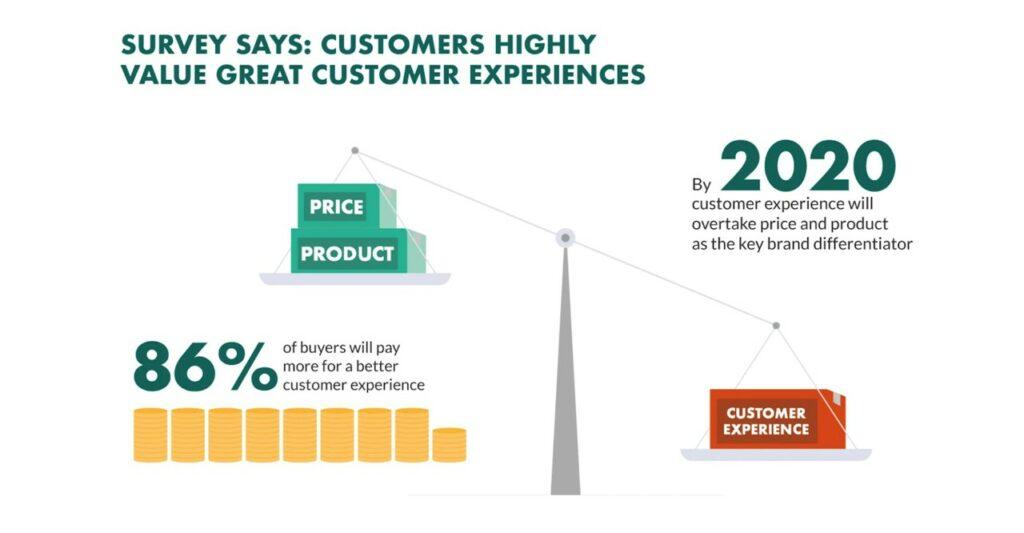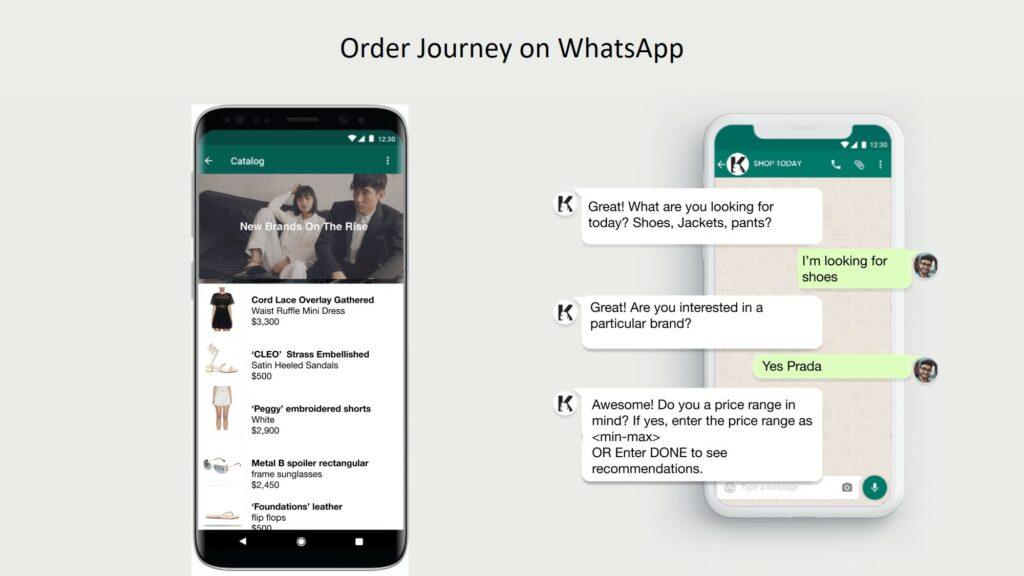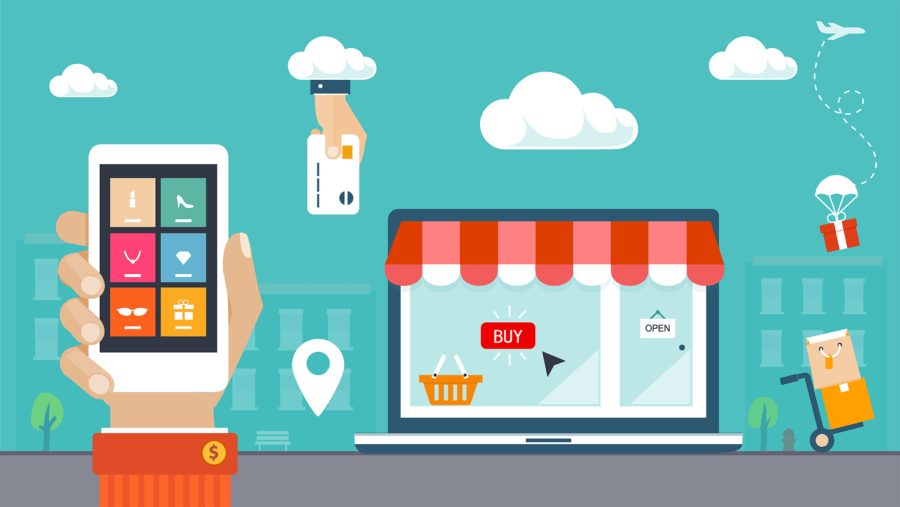How to Start a Profitable Ecommerce Business (Also Grow With WhatsApp)
Starting an ecommerce business is not that hard. The e-commerce industry has grown leaps and bounds in the last decades, thanks to Amazon and Shopify. While Amazon has democratized online shopping among customers, –Shopify has enabled countless Mom and Pop stores to come online and sell to their niche customer segment. Though starting an online store is simple, making it profitable is a bit hard. It requires hard work and demands many steps and decisions that need to come together at the right time. First, let’s get the basics answered.The e-commerce industry has grown leaps and bounds in the last decades, thanks to Amazon and Shopify
📢What are the different types of ecommerce?
There are four traditional business models or types in ecommerce. This includes B2C (Business-to-Consumer), B2B (Business-to-Business), C2B (Consumer-to-Business) and C2C (Consumer-to-Consumer). You may also commonly hear the term D2C (Direct-to-Consumer), which is similar to B2C, wherein the business takes the products directly to the consumer.
📢How much does it cost to start an ecommerce business?
An ecommerce business can be started for as little as $100 which is spent on a subscription and purchasing a theme for your store. New e-commerce business owners can expect business costs to rise up to $40,000 in the first year which is paid back to the owner through profit margins.
📢Is eCommerce Business Profitable?
Yes, the e-commerce business is profitable. Successfully starting an e-commerce company is a marathon, not a sprint. It can take 18-24 months for your business to get off the ground. It’s critical that you don’t measure the success of your business by your first-year profitability.
Ok, now let’s get into the details.
1. The product enigma
The first step in how to start an e-commerce business is knowing what products you want to sell online, wholesale, or direct-to-consumer. This often is the most challenging part when you start an e-commerce business.
Evaluating your idea
The best way to start ecommerce business is to make sure you’re set up from success even before launch. So once you have a product idea in mind, there is nothing more important then to test if there are customers for that product and if they are willing to pay a price which you makes your business profitable.
Market research, surveys, and feedback from friends and family can point you in the right direction, but real product validation only happens when money changes hands. Remember that while talking to potential customers is an important part of building your business, until people pay you all you have is a list of assumptions. So, the best way to validate your product is to prioritize making a few initial sales.
Obtaining your product
After landing on a strong product idea, your next step in how to start ecommerce business is figuring out where and how you’re going to obtain your products. While there are dozens of product sourcing options to help you populate your store with in-demand items, dropshipping may come in handy at least till you mature your business.
Dropshipping meaning that you won’t need to hold or manage inventory, or ship orders yourself. Your dropshipping partner will do that for you! This way, you’ll get to focus more on building your brand, running effective ad campaigns, and providing great customer support
There are a lot of dropshipping and print-on-demand apps available in Shopify and WooCommerce ecosystems. So do your research the choose the one which fits your requirements.
2. Know your competition
You’ve found your product, evaluated its potential, and sourced a supplier—now it’s time for the next phase of how to start your own e-commerce business. You’ll need to thoroughly research your competition so you know what you’re up against and how you can differentiate your business from theirs. Competitive analysis will help you formulate an effective sales and marketing strategy. So don’t rush to open your store without a marketing plan in place.
3. Setting up your business
Getting a domain name
Aside from figuring out what to sell when starting an e-commerce company, another challenging decision is determining your business or brand name and deciding on a domain name. Make brand name unique yet easy to pronounce. Nowadays, hosting providers give tools such as domain name generators and domain search to make your brand name search easy. GoDaddy and Namecheap are the top two domain registrar.
Once you’ve selected a memorable name and registered a corresponding domain, it’s time to craft a simple logo. We’ have listed some good options for creating a great logo for your new business.
Building your store
With a better understanding of search engines, it’s time to build out your store. There are many crucial elements to consider in this step of how to start an e-commerce business. You have options such as Shopify, Woo Commerce, Magento, Big Commerce, etc. Of these, the most popular are
- Shopify – Easy to start, no coding knowledge needed
- Woo Commerce – Build on WordPress – which powers 42% of the website! Building a store using Woo Commerce demands a bit of coding but it offers far greater customization ability compared to Shopify
Both platforms offer a mature ecosystem to support you in your e-commerce journey. So if you run into any problems getting your store set up, you hire e-commerce experts to build the store for you.
4. The Launch
Acquiring your first customer
Starting an ecommerce company successfully also requires marketing. Once you’ve launched, the hard work of marketing your products begins. While many new store owners should consider selling their physical products in person, the rest of digital marketing rests on doing one thing well: driving targeted traffic. The following channels can help you drive some traffic to your store
- Social media Ads
- Writing relevant blogs to drive organic traffic
- Email campaigns to list of potential customers
5. The Final Frontier - Conversational Commerce
The latest trends show that it’s not products or prices that have the biggest impact on conversion but, instead, it’s the positive customer experience a brand delivers. What’s more, data shows that over 80% of customers are willing to pay more for getting a better experience.

Luckily, you can put a fresh spin on your customer experience by using a very old, but still relevant, commerce strategy. Simply put, by starting a friendly conversation with your customers, you can improve the customer experience.
Conversational commerce is a way online retailers unleash the potential of conversation to sell their products and services. It doesn’t matter whether the conversational experience is delivered to a potential customer via a chatbot, or through a messaging platform. As long as customer communication is personalized, helpful, and moves the consumer faster through the sales funnel, it serves the purpose.
WhatsApp Channel To Increase Sales (Orders)
Live chat, FB Messenger, and any such chat medium have been traditionally associated with customer support. WhatsApp is actually focussing on Sales and Marketing functions as well. With the WhatsApp for Business API, brands can benefit from the automated end-to-end customer journey on WhatsApp.
Complete order journey – search products, ask product-related queries, add products to the cart, and checkout – can be done on WhatsApp!

WhatsApp has introduced numerous features that will help businesses to look at WhatsApp as an important revenue-generating channel for their store in the future. Highlighting the major ones
- Template-based WhatsApp Marketing
- New message types such as list, buttons for better user experience
- Ability to add products to the cart and share the cart for order processing
- WhatsApp – Pay (In India) for payment processing
- Inventory Management
- Checkout/Cart processing
- Order management
- Payment processing
Ready to upgrade your eCommerce business to WhatsApp Shop?

